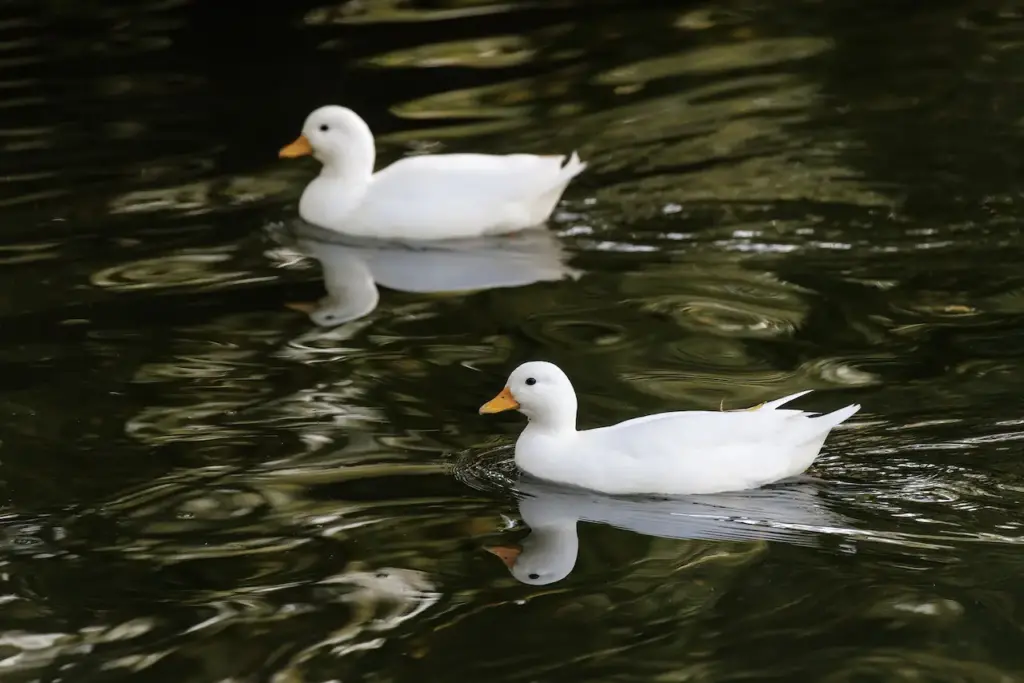Call Duck

Scientific Name
Anas platyrhynchos domesticus
Alternative Names
Decoy Duck, Coy Duck (historically), Australian Call Duck (separate standard in Australia)
Measurements:
| Feature | Male (Drake) | Female (Duck) |
|---|---|---|
| Weight | Up to 0.9 kg (2 lb) | Around 0.7–0.8 kg (1.5–1.8 lb) |
| Body Type | Very small, compact | Very small, compact |
| Bill | Short and stubby | Short and stubby |
Status
The Call Duck is one of the oldest bantam duck breeds and is fully domesticated. It originated in the Netherlands in the 1600s and later spread to the UK and beyond. It is now a popular exhibition and ornamental breed around the world.
Identification
Call Ducks are tiny, rounded ducks with short bills, round heads, and full cheeks. They look similar to Mallards but in a miniature form. Their small size and cute appearance make them favorites among duck keepers. They come in many colors—over 20 in Europe and the UK—including white, grey, mallard, and pied.
Voice
This breed gets its name from its loud voice. Female Call Ducks are especially known for their sharp, high-pitched calls that can carry over long distances. Drakes are quieter.
History
Call Ducks were originally used as decoys. Hunters would place them near traps, and their loud calls would attract wild ducks inside. Early records show they were bred in the Netherlands and possibly brought from Asia. By the mid-1800s, they were also in Britain and became one of the first duck breeds in official poultry standards.
The Australian Call Duck is considered a separate breed in Australian standards—slightly larger and with different color varieties.
Diet
Like most domestic ducks, they eat grains, weeds, small insects, and natural pond life. In captivity, they do well on waterfowl pellets, greens, and small insects.
Distribution
Originally from the Netherlands, Call Ducks are now found in Europe, North America, Australia, and many other countries as ornamental or exhibition birds.
Habitat
They are mostly kept on farms, gardens with ponds, or by hobbyists and breeders. They enjoy calm water, grassy areas, and secure housing due to their small size and vulnerability to predators.
Breeding
Hens lay small clutches of 8–12 eggs. They are good mothers and often brood naturally. Incubation lasts about 26–28 days. Because of their small bills and size, some color varieties can have hatching difficulties, although they are easier to breed than some other bantam ducks.
